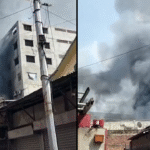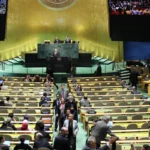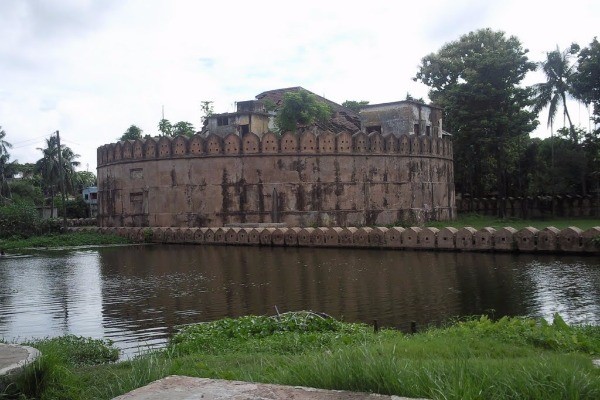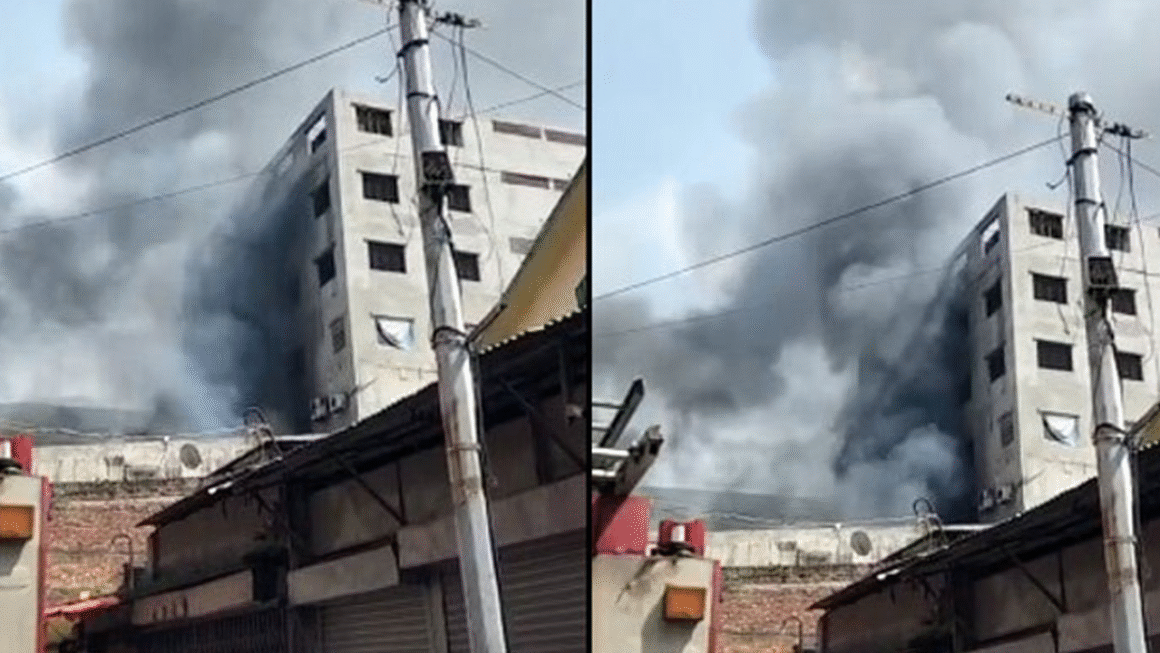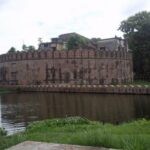
Munshiganj District: A Complete Travel & Cultural Guide
Munshiganj District, historically known as Bikrampur, is a fascinating region in Bangladesh with a rich heritage, cultural significance, and stunning natural beauty. Located in the central part of the country, Munshiganj has been home to ancient civilizations, renowned scholars, and breathtaking riverine landscapes. Whether you’re a history enthusiast, a nature lover, or a traveler looking for hidden gems, Munshiganj offers an unforgettable experience.
History of Munshiganj District-
Munshiganj District boasts a history dating back over a thousand years. The region was part of the ancient kingdom of Bikrampur, which played a crucial role in Bengal’s political and cultural development. It was home to great scholars like Atish Dipankar, a Buddhist monk and philosopher who contributed significantly to Buddhist teachings across Asia.
During the Mughal period, Munshiganj flourished as a center of trade and commerce. Later, under British colonial rule, the district continued to develop, playing an essential role in the independence movements of Bengal. Today, Munshiganj stands as a testament to its glorious past while embracing modernity.
Top Attractions in Munshiganj-
1. Idrakpur Fort
Idrakpur Fort, built in the 17th century by Mughal Subahdar Mir Jumla, is a remarkable architectural relic of the Mughal era. The fort was constructed to defend the region against Portuguese and Arakanese pirates. Visitors can explore its impressive structure and historical significance.
2. Panam City
Although technically located in Narayanganj, Panam City is a short drive from Munshiganj and offers a glimpse into the colonial and Mughal-era architecture. The abandoned city with its old, dilapidated structures provides a nostalgic walk through history.
3. Bikrampur Vihara
A significant archaeological site, Bikrampur Vihara, was discovered in Raghurampur village. This ancient Buddhist monastery dates back to the 10th-12th century and showcases the region’s deep-rooted Buddhist heritage.
4. Mawa Ghat
Mawa Ghat is famous for its scenic beauty and delicious Hilsa (Ilish) fish. It is the gateway to the Padma Bridge, the longest bridge in Bangladesh, connecting Dhaka with the southern districts. The vibrant atmosphere and fresh fish markets make it a must-visit spot.
5. Meghna River
The Meghna River is a lifeline for Munshiganj’s economy and a great place for boat tours. Visitors can enjoy serene boat rides, witness breathtaking sunsets, and experience the daily life of riverine communities.
6. Hasara Bazar
For a local shopping experience, Hasara Bazar is a great place to explore. It is one of the oldest markets in the district, offering a wide variety of traditional goods and street food.
Festivals and Cultural Significance-
Munshiganj is known for its vibrant festivals and deep cultural roots. Some of the most significant festivals celebrated in the district include:
- Durga Puja – The grand Hindu festival is celebrated with great enthusiasm in Munshiganj.
- Pohela Boishakh – The Bengali New Year is marked with colorful processions, music, and traditional fairs.
- Eid Celebrations – The two major Islamic festivals, Eid-ul-Fitr and Eid-ul-Adha, bring joy and festivity to the district.
- Hilsa Festival – Celebrated at Mawa Ghat, this festival highlights the significance of the Hilsa fish in Bengali cuisine and culture.
Best Time to Visit Munshiganj-
The best time to visit Munshiganj is during the winter months (November to February) when the weather is pleasant and perfect for exploring historical sites and natural landscapes. The monsoon season (June to September) offers lush green scenery and a unique charm, especially along the riverbanks.
How to Reach Munshiganj-
Munshiganj is well-connected to Dhaka and other major cities through various transport options:
- By Road: The district is about 30 kilometers from Dhaka, and several bus services operate between the two locations.
- By Water: Launches and boats provide a scenic route via the Meghna and Padma rivers.
- By Rail: Though Munshiganj does not have a major railway station, nearby stations in Dhaka and Narayanganj offer convenient options.
Accommodation Options-
Munshiganj has a variety of accommodation options catering to different budgets. Some recommended places to stay include:
- Hotel Taj Mahal – A comfortable stay with modern amenities.
- Padma Resort – Located near the Padma River, offering a relaxing retreat.
- Local Guest Houses – Budget-friendly accommodations that provide an authentic experience.
Traditional Cuisine of Munshiganj-
Food lovers will find Munshiganj a paradise for traditional Bengali cuisine. Some must-try dishes include:
- Ilish Bharta (Mashed Hilsa Fish)
- Shutki Bharta (Dried Fish Paste)
- Chingri Malai Curry (Prawn Curry in Coconut Milk)
- Patishapta Pitha (Traditional Rice Cake)
Local roadside eateries and restaurants at Mawa Ghat serve some of the freshest Hilsa fish preparations, making it a must-visit for food enthusiasts.
Conclusion-
Munshiganj District is a hidden gem in Bangladesh, offering a unique blend of history, culture, and natural beauty. Whether you’re exploring the ancient ruins of Bikrampur, enjoying a boat ride on the Meghna River, or indulging in fresh Hilsa at Mawa Ghat, Munshiganj has something for everyone. Plan your visit today and discover the charm of this historically rich district.
Frequently Asked Questions (FAQs)-
1. What is Munshiganj famous for?
Munshiganj is famous for its historical sites, riverine beauty, and Hilsa fish from the Padma River.
2. How far is Munshiganj from Dhaka?
Munshiganj is approximately 30 kilometers from Dhaka, making it an easy day-trip destination.
3. What are the best places to visit in Munshiganj?
Top attractions include Idrakpur Fort, Mawa Ghat, Meghna River, and Bikrampur Vihara.
4. Is Munshiganj a good place for a weekend trip?
Yes, Munshiganj offers a mix of history, culture, and scenic beauty, making it a great destination for a short getaway.
5. What is the best time to visit Munshiganj?
The best time to visit is from November to February when the weather is most favorable for travel.

